Why do greenhouse use diffused light?
meyermike_1micha
16 years ago
Featured Answer
Sort by:Oldest
Comments (9)
saucer
16 years agobihai
16 years agoRelated Professionals
Danbury Landscape Architects & Landscape Designers · Windham Landscape Architects & Landscape Designers · Hershey Landscape Architects & Landscape Designers · Kapaa Landscape Architects & Landscape Designers · Salem Landscape Contractors · Brookline Landscape Contractors · Burien Landscape Contractors · Cambridge Landscape Contractors · El Mirage Landscape Contractors · Fort Wayne Landscape Contractors · Mendota Heights Landscape Contractors · Oak Harbor Landscape Contractors · Wilsonville Landscape Contractors · Bensenville Landscape Contractors · Shorewood Interior Designers & Decoratorstapla (mid-Michigan, USDA z5b-6a)
16 years agobihai
16 years agomeyermike_1micha
16 years agotapla (mid-Michigan, USDA z5b-6a)
16 years agomeyermike_1micha
16 years agomeyermike_1micha
16 years ago
Related Stories
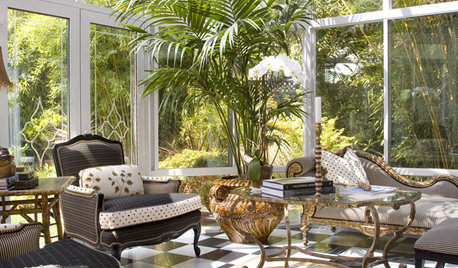
DECORATING GUIDESGo for a Greenhouse Effect With an Exotic Conservatory
Cultivate a rarified hothouse feel with or without all-glass walls; these inspiration photos and product picks show you how
Full Story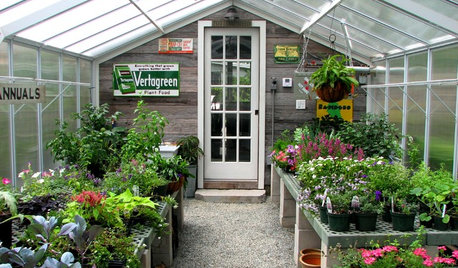
OUTBUILDINGSRoom of the Day: An Old Shed Becomes a Spa and Greenhouse
A garden-loving couple create the perfect place to have a soak and putter with their plants year-round
Full Story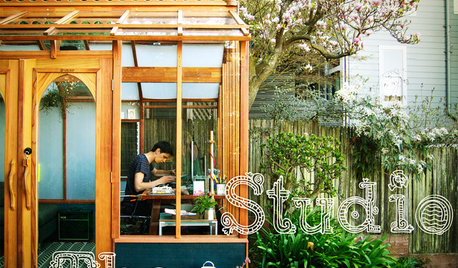
OUTBUILDINGSStudio Solution: A Kit Greenhouse Becomes a Creative Private Office
See how an inventive work-from-home designer made an office from a greenhouse, for some inspired thinking in the backyard
Full Story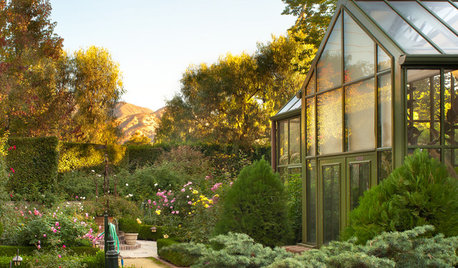
GREENHOUSESGreenhouses Bring Gardens in From the Cold
Get a jump start on summer plantings even if spring chills linger with a greenhouse or cold frames in your backyard
Full Story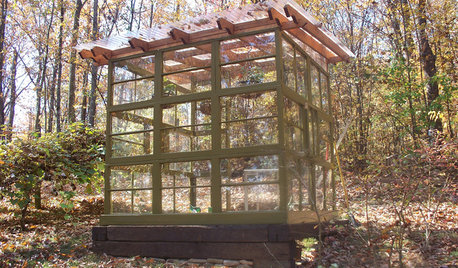
GARDENING AND LANDSCAPINGSee a Family Greenhouse Grown From Scraps
Can-do resourcefulness and less than $400 lead to a new 8- by 8-foot home for plants on a Tennessee family's property
Full Story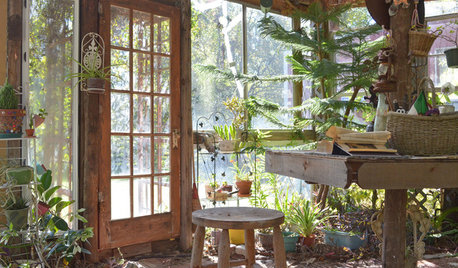
GREENHOUSESA Greenhouse Rises From Texas Tornado Wreckage
Barn damage became a blessing in disguise for a thrifty, creative couple with a hankering for more greenery
Full Story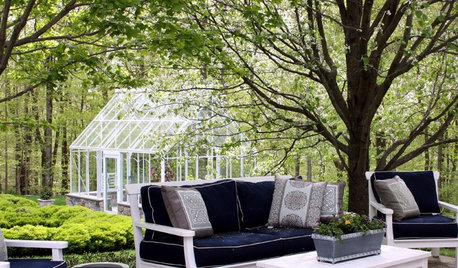
Houzz Call: Show Us Your Greenhouse
Submit a photo of your greenhouse and share what's growing!
Full Story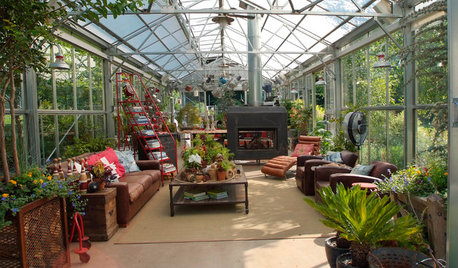
LANDSCAPE DESIGNA Luxury Greenhouse Lures Manhattanites to the Country
Industrial meets rustic in this stunning new structure for living and entertaining in rural Pennsylvania
Full Story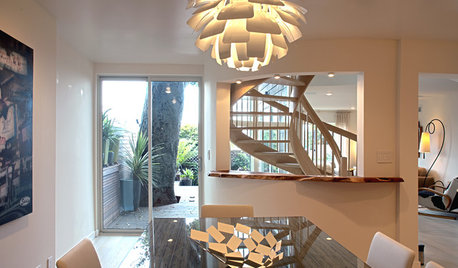
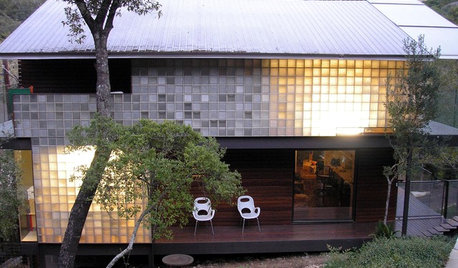
ARCHITECTURESee Light Play in 14 Homes From Paris to Texas
Whether their screens let the light dance or their opaque windows diffuse it, these homes are beacons of great design
Full StoryMore Discussions










saucer